To be honest, I took the EOS 5D Mark III’s image quality for granted. The auto focus and burst rate were much more important to me because they allowed the camera to do things that the 5D Mark II absolutely couldn’t do. It’s not that I don’t appreciate the image quality. On the contrary – I love the wide dynamic range, low light quality and tons of detail I get from the 5D Mark III. But in my opinion, image quality was never in question with the Mark III. I mean, this is the 5D we’re talking about. It’s a full-frame camera and one of the most important and popular that Canon has ever made – there’s no way they’d drop the ball with the image quality. The question isn’t so much *if* it’s better, but rather – how much better is it?
Canon told me flat out that image quality was their top priority for the 5D Mark III. One of the One of the most important things they did to ensure excellent image quality was leave the resolution alone. Canon only increased the resolution by one megapixel with the 5D Mark III (the Mk II is 21.1 megapixels and the Mk III is 22.3 megapixels). By keeping the pixel count (and pixel size) basically the same, they were able to apply all their new noise reduction and other image quality wizardry to what they’d already achieved with the 5D Mark II. That wizardry includes a new gapless microlens design that decreases noise by getting more light to each pixel. Canon says the 5D Mark III has better “on-chip” noise reduction than any previous EOS digital SLR. So how much better is the 5D Mark III’s image quality than the Mark II? Let’s get to it.
The 5D Mark III is basically noise-free up to ISO 800 – as was the 5D Mark II. Photographers who primarily shoot still subjects in good light at low ISO settings probably won’t benefit from the 5D Mark III’s improved image quality. That means landscape photographers who usually use a tripod, studio photographers, and wedding and portrait photographers who usually use flash. The Mark III’s image quality is definitely better but for all intents and purposes, the two cameras are the same up to ISO 3200. However, at ISO 6400 grain starts to soften and chroma noise makes an obvious and unwanted appearance with the 5D Mk II (Studio Sample Photos). Canon managed to keep the noise very controlled with the Mark III and chroma noise never really becomes apparent – even at the maximum (expanded) sensitivity of ISO 102,400. When all is said and done, for my eye and purposes, I think the Canon EOS 5D Mark III is useable right up to ISO 6400 and even ISO 12,800 looks pretty good in the right circumstances, as you can see from the two photos below. Above ISO 12,800 it gets pretty gritty, though.
There are some more subtle benefits to the 5D Mk III’s excellent high ISO performance. One is being able to use fast shutter speeds to freeze action in crappy light. Some good examples are shooting at sunrise or dusk, in a poorly-lit gymnasium or night sports event, in a rainstorm, or under deep tree cover. I was really curious how much the Mark III’s high ISO quality would help with low light action photos. To find out, I took the camera out on the mountain bike and shot high-speed downhill photos in the trees. This is an environment where I would normally use a flash. I found that ISO 6400 looked (in my opinion) very good, allowing me to get useable quality with shutter speeds that can freeze action. I even shot at ISO 12,800 one evening. The ISO 12,800 images are definitely noisy but I was able to get a decent photo of a mountain biker going downhill (second photo, below), after the sun had gone down behind the trees and mountains. I think my shutter speed should have been a bit faster here and I wouldn’t submit this image to a magazine but it’s a testament to the 5D Mark III’s high ISO performance and what that means for real world shooting.
Another thing I discovered about the 5D Mark III’s image quality – it also means you don’t have to remove your polarizing filter. At the Sea Otter Classic bike festival in Monterey I shot in the fog, under overcast skies and in the trees with a polarizer – something I wouldn’t have done with most other cameras. The Mark III’s great high-ISO quality meant I didn’t have to worry about the two-stop loss from my polarizer.
If you shoot events, the 5D Mark III’s improved high ISO performance will make a huge difference. I’m thinking specifically of tradeshows, concerts and parties where you may not want or be able to use flash. I took advantage of a company party for low light testing and was able to get reasonably nice looking photos with no flash in absolutely terrible lighting. The photos were definitely gritty but they still looked pretty good and I was even able to push them pretty hard in post-processing. Dynamic range and the ability to handle heavy post-processing is another very important benefit of the 5D Mark III’s excellent image quality. Even the most careful, experienced photographer occasionally under or overexposes. Some photographers (me) make a habit of pushing their gear and their luck and have to make up for it in post. The 5D Mark III gives you an incredible amount of latitude for adjustment in Lightroom, Photoshop or whatever software you prefer – especially if you shoot RAW.
Since I got the 5D Mark III before there was Lightroom support, I initially published just JPEG samples. Last week I finally added studio samples made from the RAW files. Canon told me that the JPEG quality was about two stops better but I didn’t think much of it – until I put the JPEG and RAW studio tests side-by-side. And the difference is quite striking. The JPEG images are definitely much, much cleaner. Personally, I would still shoot RAW because it allows me to fine-tune noise reduction in post, plus it gives me the option of adjusting white balance after the fact. However, for event and news shooters who can make a custom white balance and need to turn their work around quickly, the JPEG images look really, really good. And for the video guys – the JPEG / RAW comparison should give you an idea of what to expect from the 5D Mark III video. Canon says that the video and JPEG quality are pretty comparable.
Links to the Canon EOS 5D Mark III studio sample photos are at the bottom of this page. The links go to the individual RAW sample pages. To see both the RAW and the JPEG studio samples, click on the 5D Mark III sample photos icon next to the text links.
 |
 |
 |
 |
 |
 |
Click on thumbnails to view sample photos.
| | | | | | | | |


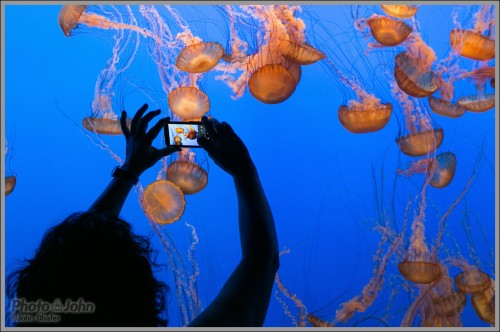

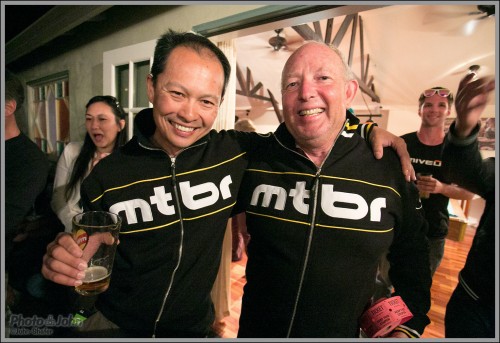
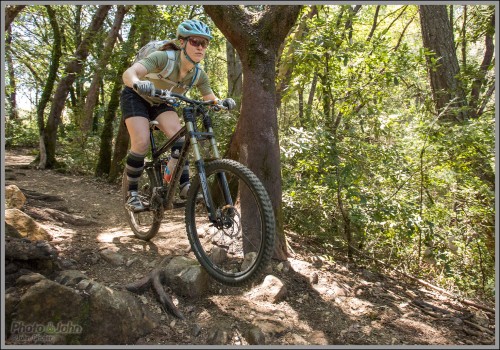
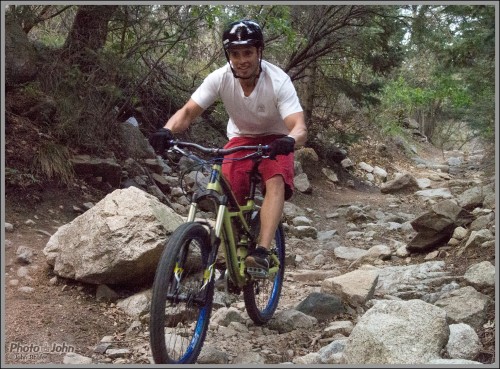
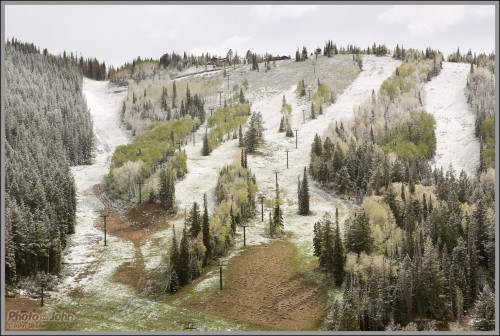
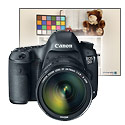
No doubt this is a big step forward for Canon. But, this is the camera they should have released for the Mark II, which uses a decade old metering and autofocus system. And worse, they’ve over priced the camera. It’s a $3,500 camera, not a $3,500 one. Although I’ve shot Canon for the past 21 years, my next camera will be the Nikon D800E, which is offers so much more than the Mark III for less money. This is typical Canon – one step forward and two steps back. I think it’s time I got off their crazy go round.
Meant to say it’s a $2,500 camera and mistyped. My apologies.
what do u see in a nikon 800e and not the canon 5d mark iii????